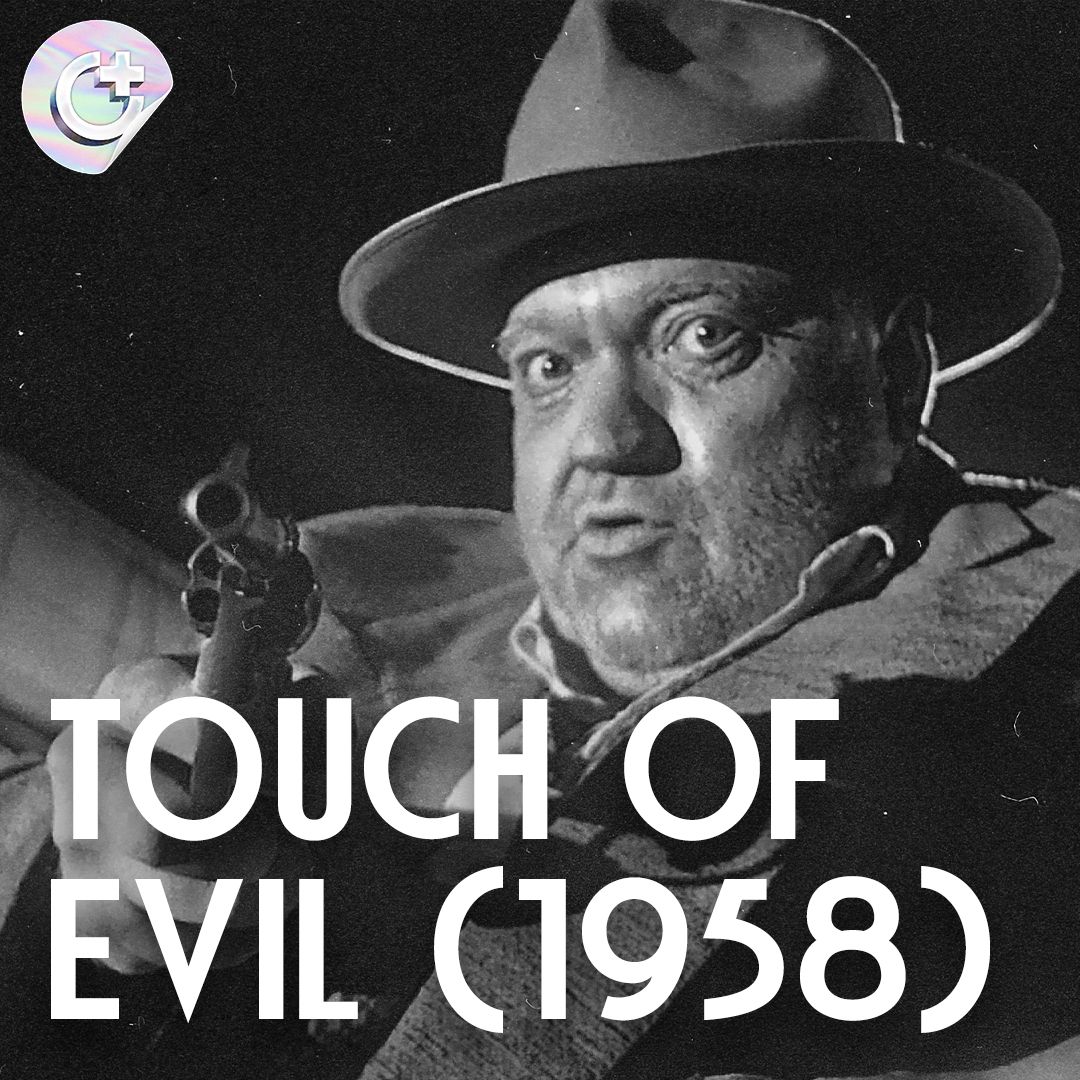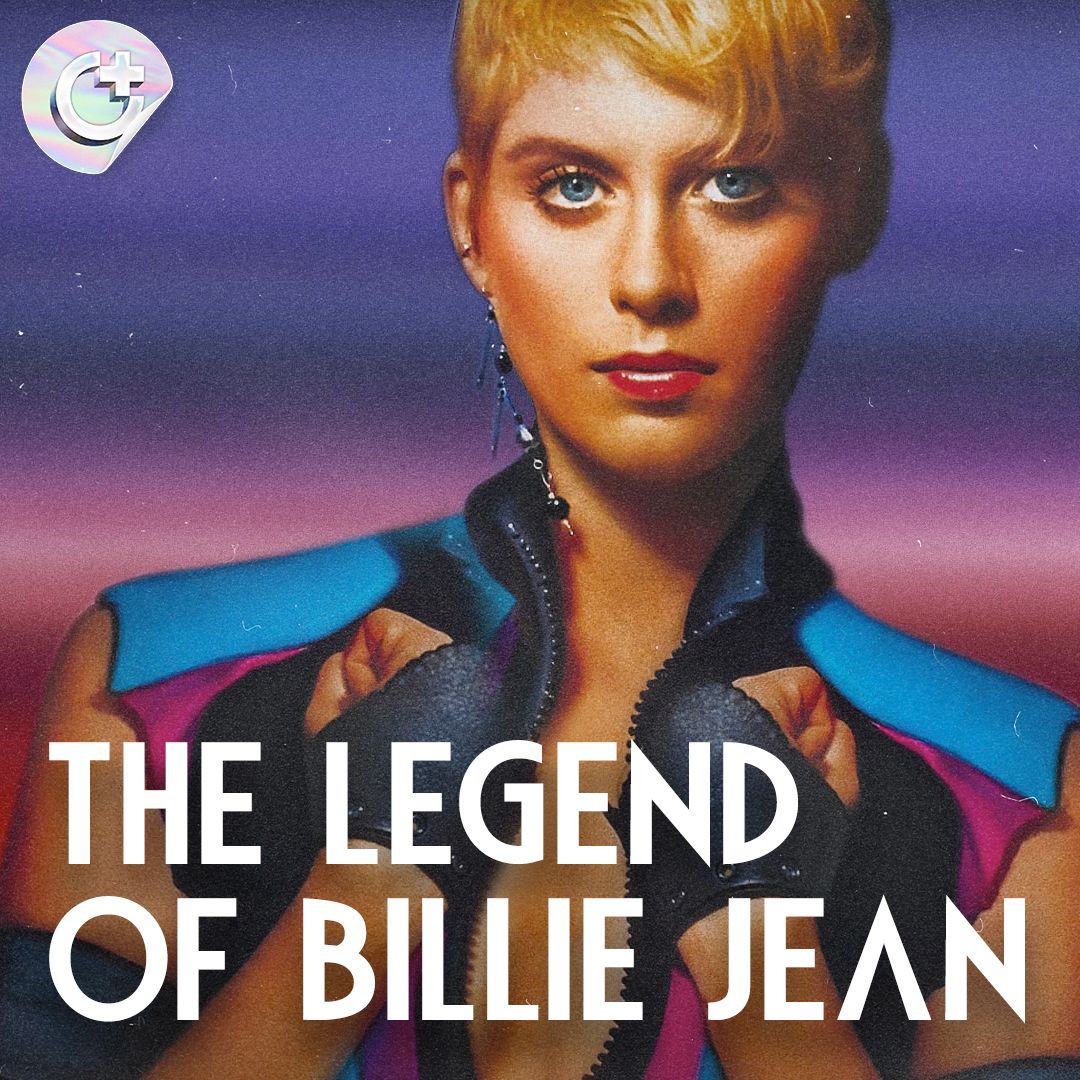#134 - Rosemary's Baby (1968) - The Proto Slow Burn and Influence For Modern Horror

How 'Rosemary's Baby' Influenced the Horror Genre
At first glance, 'Rosemary's Baby' may appear tame in comparison to contemporary horror films. However, beneath its seemingly ordinary scenes lies an unsettling sense of unease that is expertly crafted through imaginative imagery and an element of uncertainty. It can be seen as a precursor to the slow burn subgenre that prevails in modern horror, showcasing its structural influence on later movies like 'Hereditary.' This film proves that horror doesn't always require gore and jump scares to be effective; it is the underlying tension and psychological manipulation that make it truly chilling.
Beyond its artistic merits, 'Rosemary's Baby' offers a unique perspective on the horror of being a pregnant woman in the 1960s. Set in New York City during a time of social and political upheaval, the film explores themes of autonomy and control over one's own body. As we follow Rosemary's journey through her pregnancy, we witness the manipulation and lack of agency she experiences at the hands of those around her. This depiction serves as a powerful reflection of the societal pressures and expectations faced by women during that era.
Additionally, we will tackle the controversial topic of separating the art from the artist. 'Rosemary's Baby' was directed by Roman Polanski, a figure often associated with controversy due to his personal life. Despite this, we'll explore the importance of contextualizing art and the subjective experience of interpreting it. By doing so, we can appreciate the film's impact and legacy beyond the actions of its creator.
Join us as we unravel the influence of 'Rosemary's Baby' on the horror genre, examine its themes and artistic choices, and discuss the complexities of appreciating art amidst controversy. Whether you're a seasoned horror enthusiast or simply intrigued by cultural influences, this podcast will provide you with a fresh perspective on a classic that continues to shape the genre to this day.
'Rosemary's Baby' Setting the Standard for the Slow Burn Horror Film
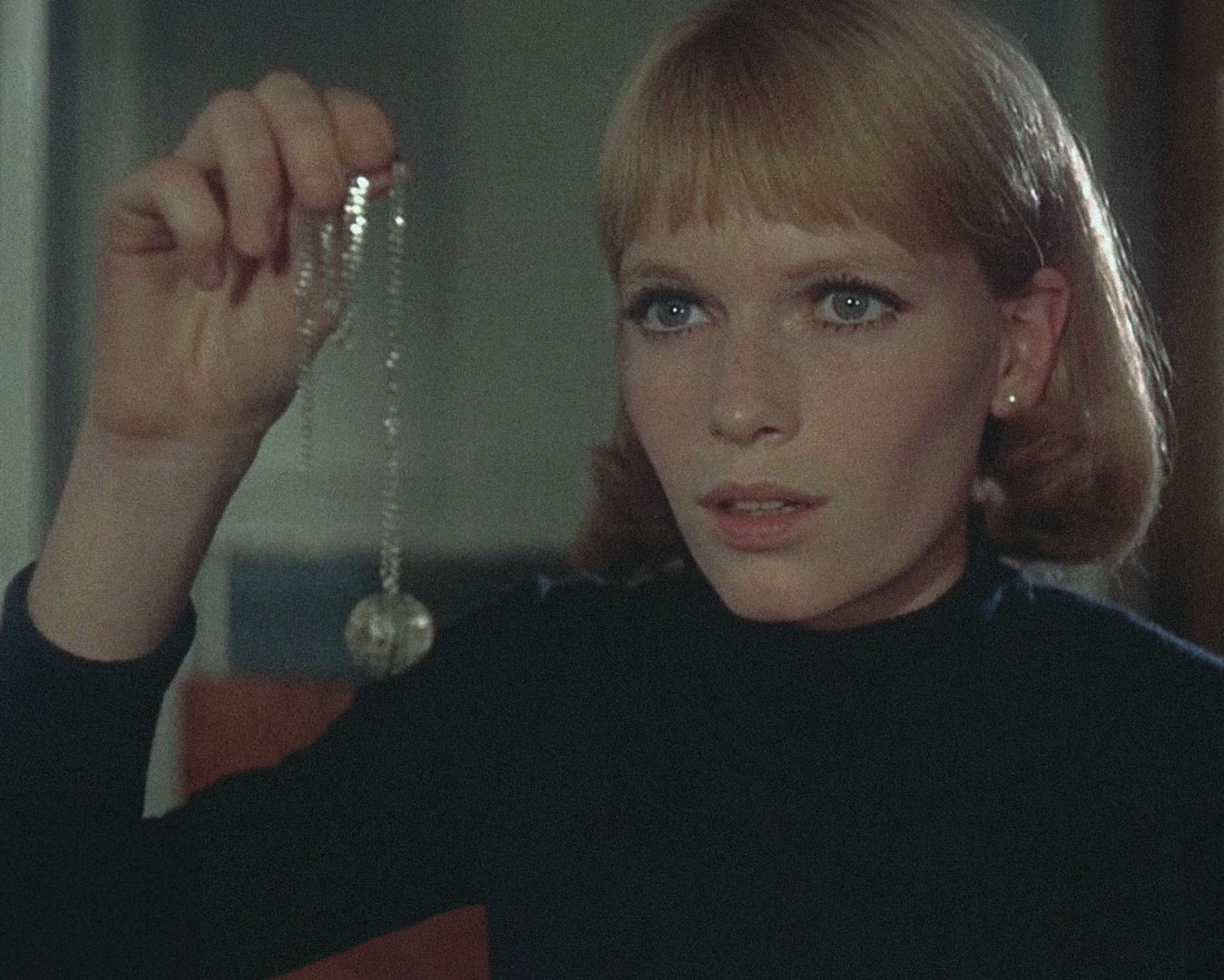
Unsettling Imagery and the Proto Slow Burn
Despite not adhering to today's horror standards, "Rosemary's Baby" manages to create a sense of unease throughout the film. As the story unfolds, seemingly ordinary scenes are interspersed with quick and haunting images, leaving viewers to wonder if they were part of a dream or something more sinister. This masterful use of imagery and the element of uncertainty is what sets it apart from other films. In fact, it can be considered a horror movie without the traditional horror elements. In a way, "Rosemary's Baby" could be seen as the prototype of the slow burn subgenre that we see in contemporary horror films like "Hereditary." Its structural influence on later movies cannot be ignored, making it a crucial part of horror film history.
The Horror of Being a Pregnant Woman in the 1960s
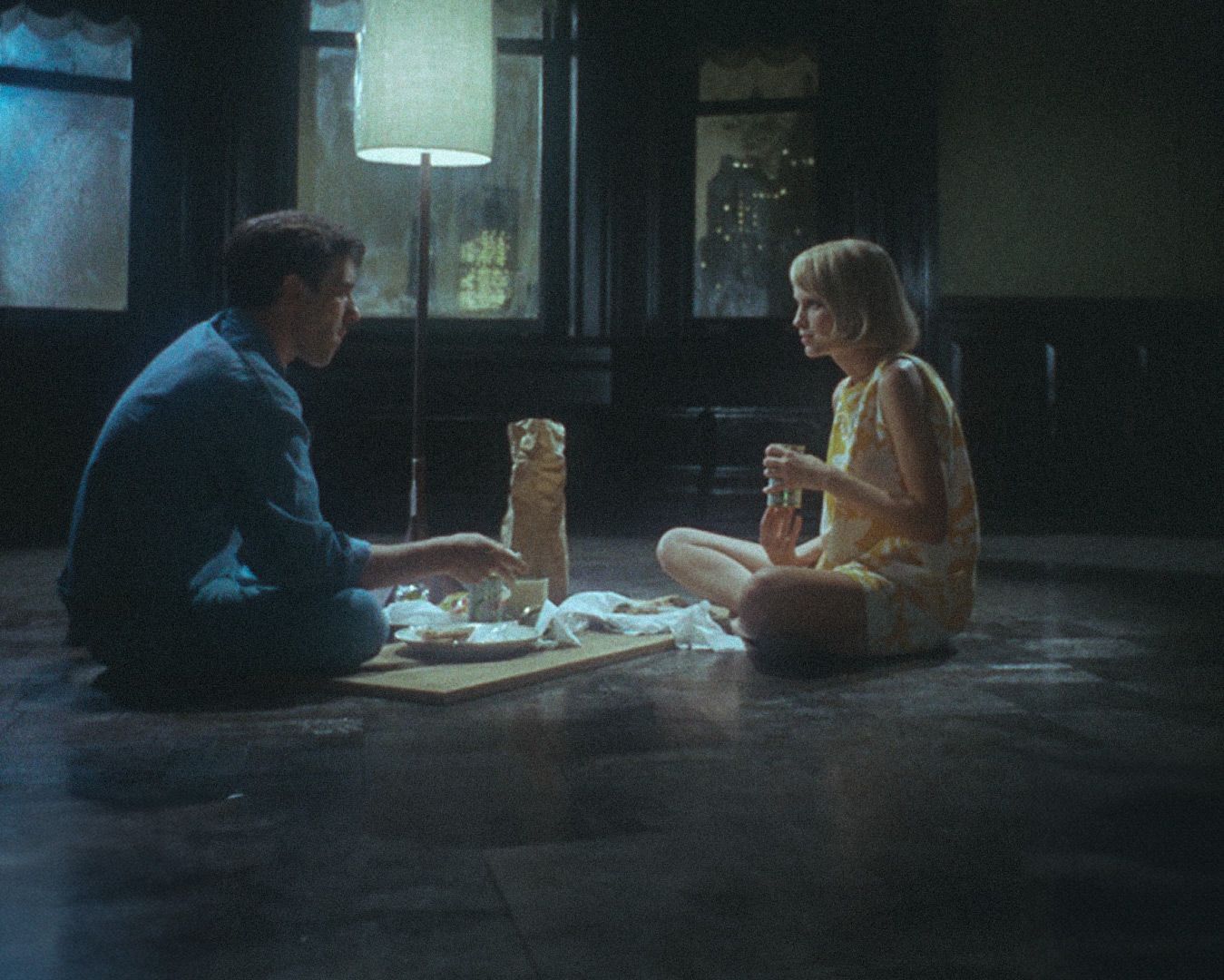
Lack of Autonomy and Control in Rosemary's Pregnancy
In the 1960s, a period marked by social and political upheaval, Rosemary's experience during her pregnancy reflects the lack of autonomy and control she has over her own body. From the moment the young couple moves into their new apartment, the older neighbors, the Castevets, are fixated on Rosemary's pregnancy. They constantly press her about when she will have children, imposing their own beliefs and expectations on her. Even though Rosemary and her husband want kids, it is disconcerting how everyone around her feels entitled to comment on her uterus and dictate her choices.
The doctors she encounters during her pregnancy further contribute to her lack of autonomy. Her original doctor, Dr. Hill, is caring and reliable, but the Castevets recommend Dr. Abe Saperstein, a renowned doctor in high society. Dr. Saperstein dismisses her previous doctor's advice and insists on his own methods, discouraging her from taking her vitamin pills and instead prescribing herbs prepared by the Castevets. Rosemary is essentially gaslit into distrusting Dr. Hill, even though he has been providing her with good care. This lack of agency in her own medical decisions raises red flags and leaves her feeling powerless.
Sidebar - Zombies vs. Vampires: Horror as Political Symbolism
When it comes to horror movies, have you ever noticed a pattern between zombies and vampires? According to philosophy blogger S. Peter Davis, these creatures may actually represent political parties. It's an interesting theory that suggests the dominant movie monster in theaters correlates with which party is in power.
Zombies, often associated with mindless conformity and swarming together, tend to be popular during Republican administrations. This reflects the fear of conformity that Democrats may have towards conservatives. Zombies represent a fear of conservatism, where everyone acts the same and anyone different is attacked or forced to conform. It's almost like a metaphorical reflection of recent events where the Capitol was stormed.
On the other hand, vampires, the enemies of normalcy, tend to be popular during Democratic administrations. Conservatives may fear vampires because they represent deviance and progressivism. Vampires undermine tradition and self-control, seeking strange pleasures and seducing others into their ways. This reflects a fear of individuality and autonomy.
In conclusion, horror movies, including those featuring zombies or vampires, can serve as a reflection of our collective fears as a society. They symbolize the fear of conformity and deviance, representing conservative and progressive ideologies. Understanding this symbolism may help us further analyze the societal dynamics and fears that exist during different political eras.
Separating the Art From the Artist: Roman Polanski
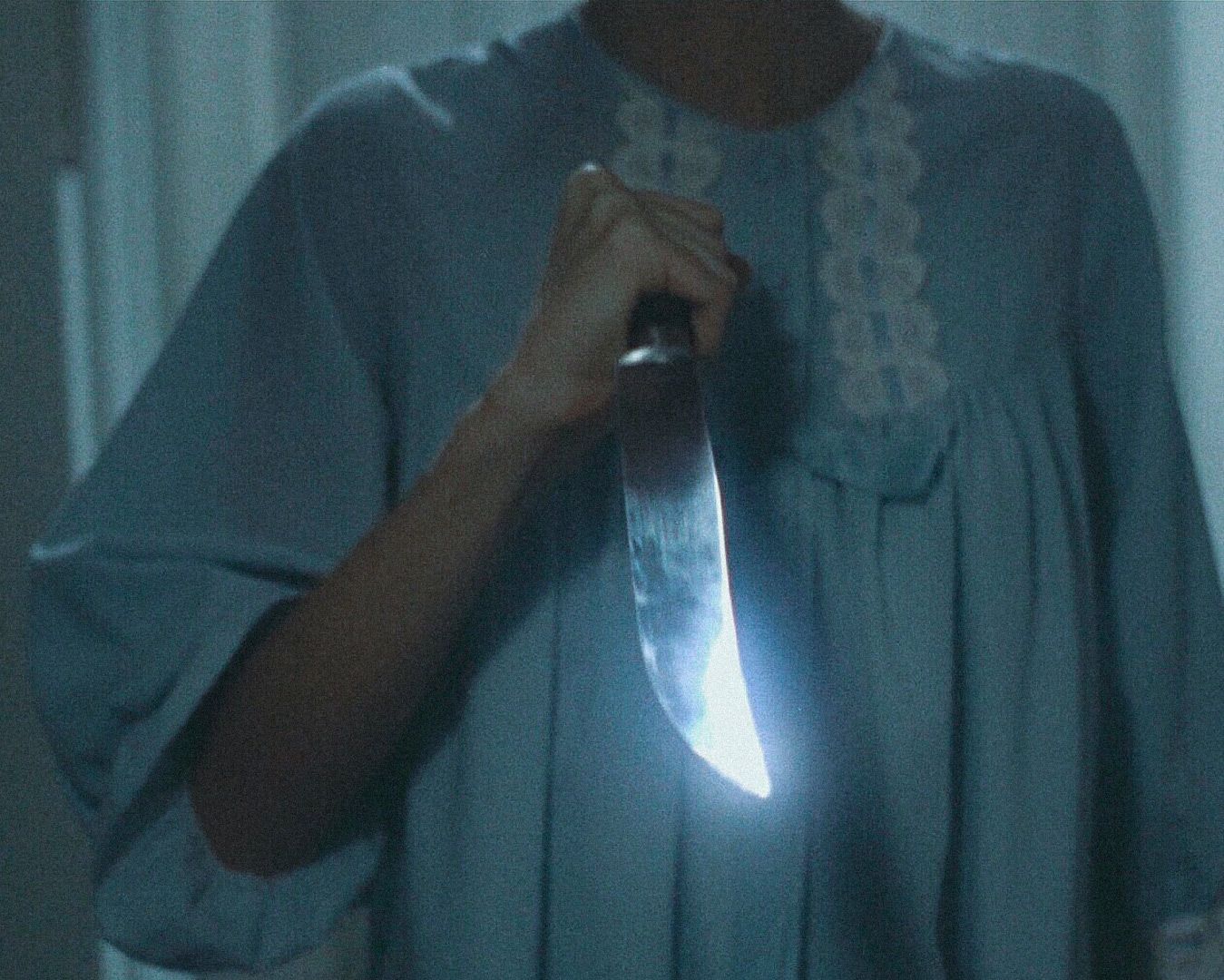
When we talk about separating the art from the artist, it's a matter of debate. On one hand, there's the argument that the artist's experiences and psyche are inevitably woven into their art. Take Kanye West for example. His music often reflects his personal struggles and journey, making it difficult to detach the artist from the art. But then there's the notion that when we look at art, we're not simply observing the artwork itself. As Thomas Aquinas once said, we're actually constructing our own version of it in our minds. This subjective experience makes art open to interpretation and allows for varied reactions over time. It's like watching the same movie at different points in your life and coming to different conclusions about it.
As we explore the question of separating the art from the artist, it's crucial to acknowledge that art is not a static entity. It evolves in the eyes and minds of the viewer. We bring our own experiences, beliefs, and understanding to the art we encounter. So, while we navigate the complexities of appreciating art created by flawed artists, we must also recognize the power of context and interpretation in shaping our experience of art throughout history.


